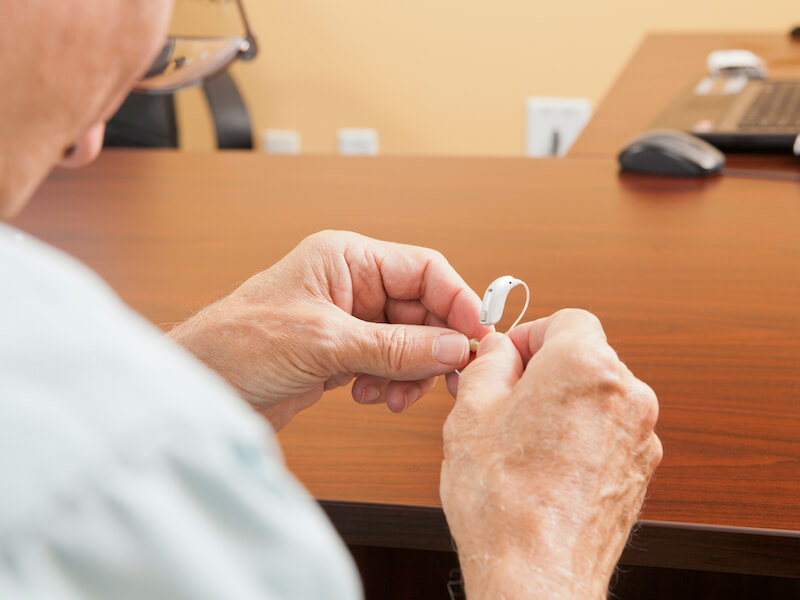
You take good care of your hearing aids. Cleaning them every day, you make sure they are safe and comfortable on their charger when you go to sleep.
But you get pretty distressed when your hearing aids suddenly stop working the way they did once. There are a few things you can do to troubleshoot the issue, luckily. Just remember: your main job is to avoid damaging your hearing aid further (or you may have to replace them).
Troubleshooting your hearing aid
You saved the owner’s manual that came with your shiny new hearing aids, right? Hopefully, you did so that you can check with your owner’s manual to perform maintenance and troubleshooting. Using your owner’s manual is important because every model of hearing aid is different.
Here are some things you can check on most models:
- Keep your microphone clear: Check your hearing aid to find out if anything is blocking the microphone. Your hearing aid might feedback or merely fail to work if the microphone is blocked.
- Wax buildup: Perform a visual check of your hearing aid to ensure that there is no wax accumulation interfering with basic functionality. Even if you carry out routine cleaning, sometimes wax can accumulate quickly, so it’s worth ticking this off your list.
- Check for visible damage: Do you see any visible cracks or loose components around the shell of your hearing aid? If you discover cracks, it could suggest that moisture is getting in and there may be more significant damage.
- Check your battery: Even if you know your hearing aids spent the night on the charger, you’ll want to double-check the battery power. If your hearing aid has replaceable batteries, it may be a good idea to check if those batteries are correctly inserted or if a new one fixes the problem.
Once again you can learn how to address each of these concerns by consulting your owner’s manual. In some cases, you may be able to perform maintenance yourself.
How can I tell when my hearing aid needs repair?
Your hearing aid will probably need to be professionally repaired if you do routine upkeep and it still malfunctions. You need your hearing aids for nearly every facet of your life so this may not sound very appealing.
It’s definitely worth taking note that “repair” doesn’t always translate into “mail your hearing aids in for service and wait several weeks”. In some instances, we can fix your hearing aid in office while you wait.
Or, depending on the level of the damage, you could get your hearing aids back in a few hours.
There are still some cases where such quick repair isn’t possible. A backup pair of hearing aids might be necessary in these situations. Perhaps you have an old pair that will do temporarily in a pinch. We might even be able to loan you a pair while you are waiting.
Get help with your hearing aids right away
If the sound quality is beginning to fail, it’s crucial to get your hearing aids assessed and repaired.
Any degree of downtime should be prevented. Your mental health and your overall health can be affected by untreated hearing loss. And it becomes all too easy to leave your hearing aids sitting in a drawer somewhere while your hearing continues to decline.
Keeping those hearing aids in good working order is the secret to keeping your hearing healthy. And the best way to do that is to clean them, keep them charged, and, when needed, take your hearing aids to get some professional help.